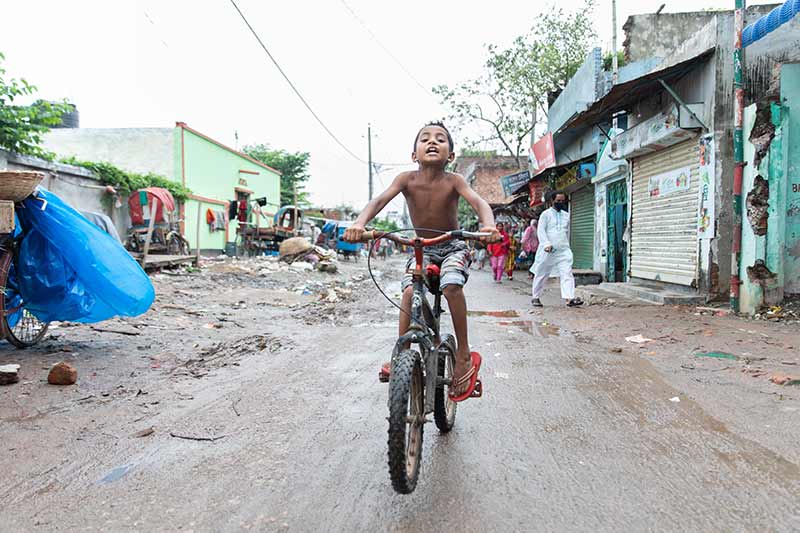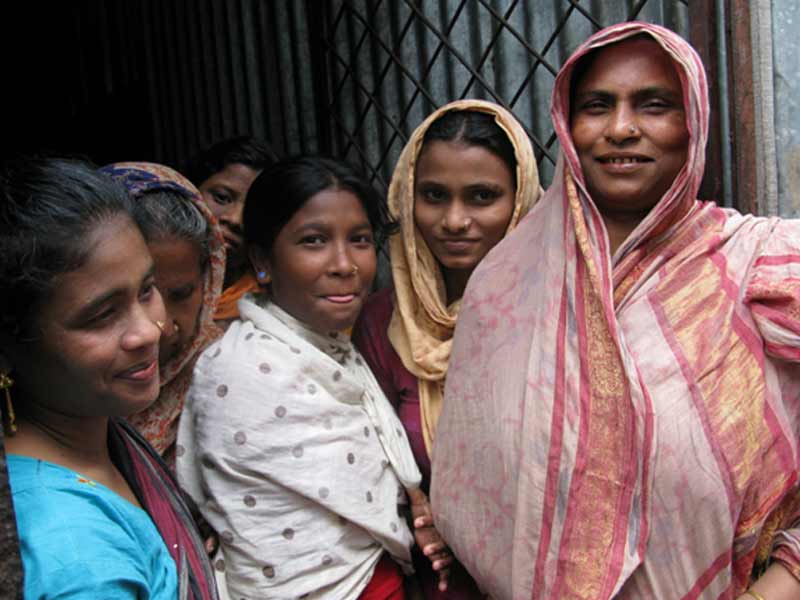
On February 24, 2022, war began between Russia and the Ukraine. The outbreak of conflict sent global supply chains into crisis. Nowhere was this more acutely felt than in food systems.
Together, Russia and the Ukraine accounted for 25-30% of the world’s wheat exports, and 30% of barley. Their entry into conflict left global food systems immediately and cripplingly short stocked, causing the price of food commodities to spike worldwide. By April, global wheat prices had jumped 21%, while barley prices had jumped 33%.Compounding the problem was Russia’s position as one of the world’s major suppliers of fertilizer, which caused the price of fertilizers to jump 40%. This meant that countries facing import shortfalls as a result of the conflict could not simply grow more local crops to make up the difference.
For one region in particular, these symptoms of conflict pose a unique problem. In Asia-Pacific, a region where food systems have already been devastated by the COVID pandemic, the War in Ukraine is threatening to push food insecurity to previously unimagined levels.
The impacts of conflict on Asia-Pacific
The COVID-19 pandemic exposed the inherent lack of resilience in Asia-Pacific food systems. The numbers back this up. Consider, in 2020 alone, the number of people without access to adequate food in the region rose by 150 million.With little time recover, the eruption of conflict in Ukraine is pushing Asia-Pacific food systems to their breaking point.
Many of the countries in the region which already face spiking food insecurity also rely on imports of Ukrainian and Russian grain and fertilizer. Consider, Indonesia, Bangladesh, and Pakistan are each among the world’s largestconsumers of Ukrainian and Russian grain.
With imports reduced or cut off, and the prices of both grain and fertilizer spiking, an Asia-Pacific region already impacted by COVID is beginning to face a food insecurity calamity.
An opportunity to “build back better”
Recently, The Guardian reported that a global food crisis resulting from the conflict in Ukraine “could last years.” Combined with the effects of the pandemic, not to mention ongoing stresses related to climate change, this could spell disaster for Asia-Pacific.
However, it can also be seen as an opportunity.
Even before COVID and conflict in Ukraine, nearly 1 billion people in Asia-Pacific suffered from food insecurity. A disaster, or disasters, which expose the weaknesses inherent in a failing system can in fact be seen as an opportunity to transform said system and make it more resilient for the future.
For food systems in Asia-Pacific, this means integrating aspects of economic, social, and environmentalsustainability into mitigation and recovery efforts; it means bolstering local food production and boosting local supply chain resilience; it means using digital innovations to create better data and more efficient solutions; it means including all affected stakeholders, particularly marginalized groups, in the solution making process.
Like COVID and climate change, the War in Ukraine is a crisis which threatens food security in Asia-Pacific. The key is to see it as an opportunity to “build back better.”



